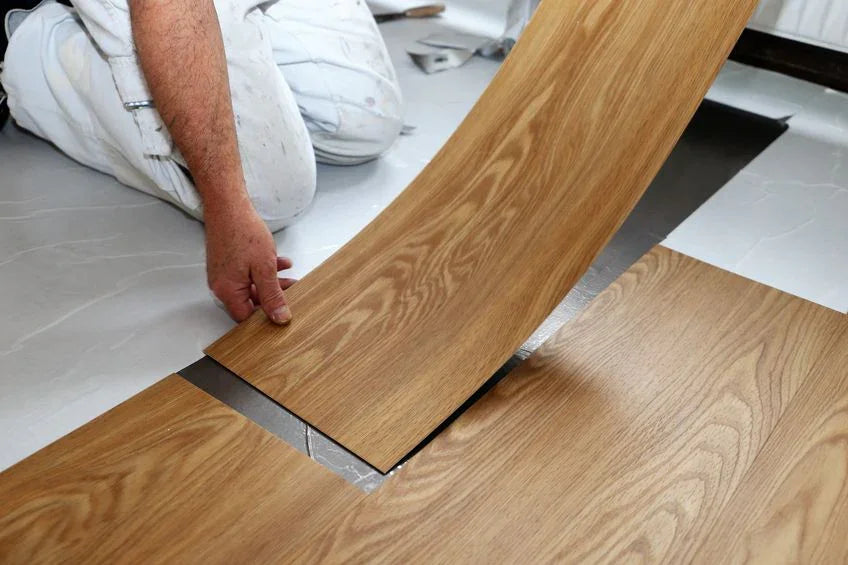Vinyl flooring is very popular due to its many benefits, but correct installation can be crucial to maintaining the lifespan and appearance of the floor.
When laying vinyl, it is important to follow a few basic rules. Whether you do it yourself or hire a professional depends on your craftsmanship skills and the size of the room. There are two methods when laying vinyl: adhesive or floating. Both methods have their advantages and disadvantages, but it mainly depends on your personal preferences and needs.
If you decide to lay the vinyl floating, then you should make sure that it is acclimatised, meaning it should be left in the room for at least 48 hours before you start laying. Otherwise, tensions can arise in the material, which can lead to unsightly expansion joints.
Here are some tips on the best way to lay vinyl:
-
Preparation: Make sure the subfloor is clean, dry and level. Remove all existing floor coverings and level the floor if necessary.
-
Acclimatization: Allow the vinyl to acclimatize in the room for at least 24 hours to adjust to the room temperature.
-
Laying: Start laying in the corner of the room furthest from the door. Use a suitable adhesive or click compound to connect the planks or tiles. Be sure to leave enough space between planks or tiles to allow for expansion with changes in temperature and humidity.
-
Finishing: After installation, you should trim all edges and carefully clean and care for the vinyl.
If you're unsure about how to lay vinyl or need more tips, it's best to speak to a professional or check out online tutorials and guides.

